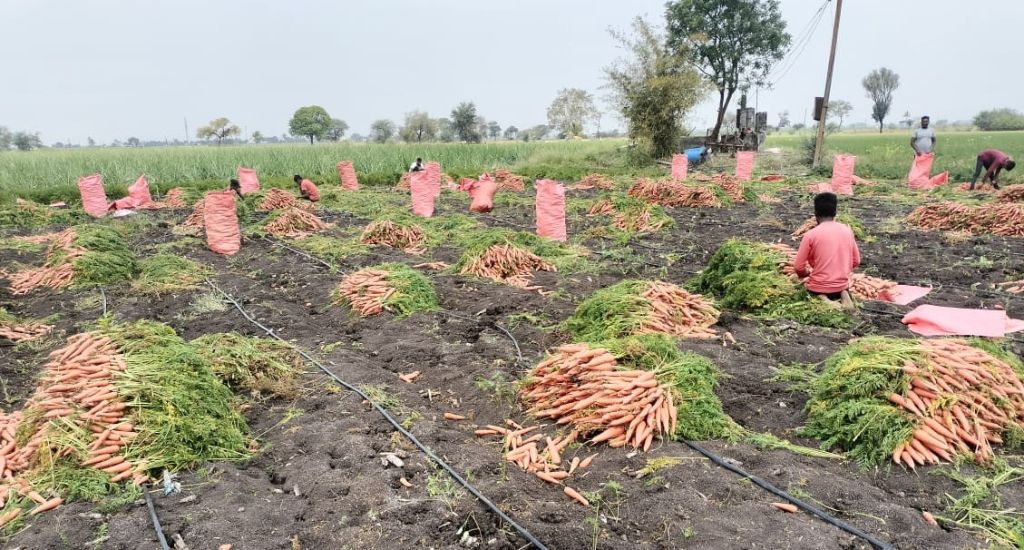
Shingve – the carrot village of Maharashtra
Tired of waiting for years to be paid by sugar mills, farmers of Shingve village switched from water-intensive sugarcane to drip-irrigated carrot, earning Shingve the name ‘carrot village’.

Tired of waiting for years to be paid by sugar mills, farmers of Shingve village switched from water-intensive sugarcane to drip-irrigated carrot, earning Shingve the name ‘carrot village’.
If you live in the western cities of India, it’s likely that you have carrots – darkish orange-coloured and pretty long with pointed tips – stored in your fridge waiting to be sliced for a fresh salad or turned into yummy carrot halwa.
No, this is not about carrot recipes but about a village named Shingve on the banks of Godavari River in Nashik district, where most farm households grow this vegetable. Naturally, Shingve, with 6,000-plus inhabitants, has earned the name gajranche gaon or ‘carrot village’.
“It’s been two decades since our livelihood has been based on the carrot crop. We have gained expertise in growing this root vegetable,” said Kailash Dere who grows carrots in his family’s three acres. “It has strengthened the village’s economy and you won’t find a single instance of youth going to neighbouring cities in search of livelihood.”
Not so long ago, most farmers in Shingve cultivated sugarcane due to the easy availability of water. But delayed payment by sugar mills and unavailability of labourers to cut sugarcane during the harvest season prompted them to switch to other crops.
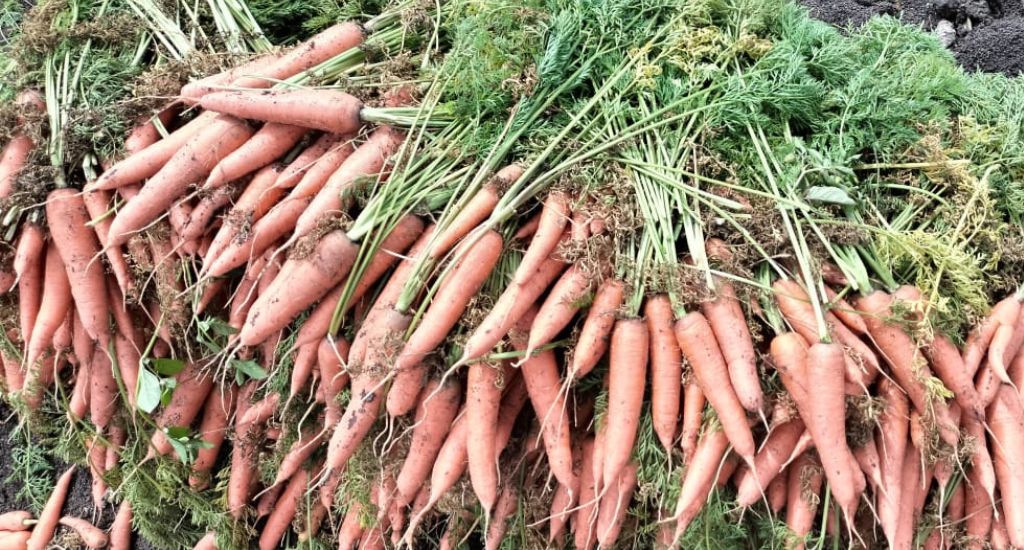
A handful of farmers still grow sugarcane in the village. However, their numbers drop every year as sugar mills don’t pay their dues on time.
“Sometimes the wait stretches for two years or more,” one villager pointed out.
The yield of carrots is equal to that of sugarcane. Though its rates fluctuate, the carrot crop provides financial stability to the farmers as the demand for the vegetable remains constant in nearby cities.
Shingve is 25 km from the marketplace in Pimpalgaon Baswant town which draws farmers in Nashik district growing rice, mango, grapes and a wide range of vegetables including carrots.
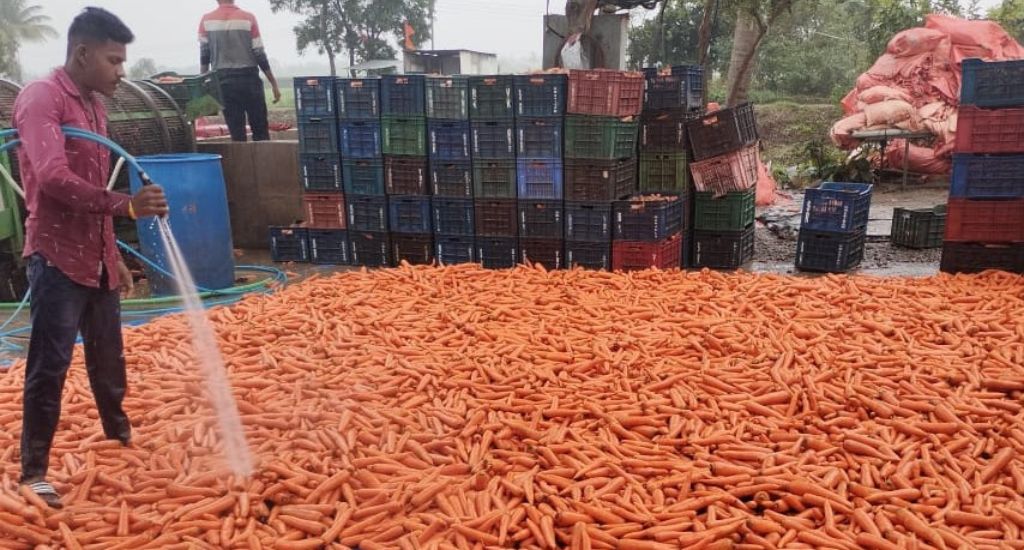
Shingve’s carrots stand out because of their uniform size and attractive appearance. Traders vie to buy and take the crunchy roots to cities in Maharashtra and Gujarat.
“The continuous study and experimentation in cultivating the vegetable has brought recognition to the growers and helped create a brand for their produce,” said Prasad Deshmukh, the local talathi or land revenue official.
In fact, the profitability and popularity of the Shingve-grown carrots have also made farmers in neighbouring villages such as Saikheda, Shivare and Sundarpur grow the vegetable, though the Niphad taluka is known for its grapes.
“The investment for a vineyard is huge and then one has to wait a year to harvest. Untimely showers and hailstorms, the incidents of which are increasing every year, can be devastating for a vineyard. But carrot is a 4-month crop,” said Sagar Sanap (29), who has been growing the vegetable for over a decade now.
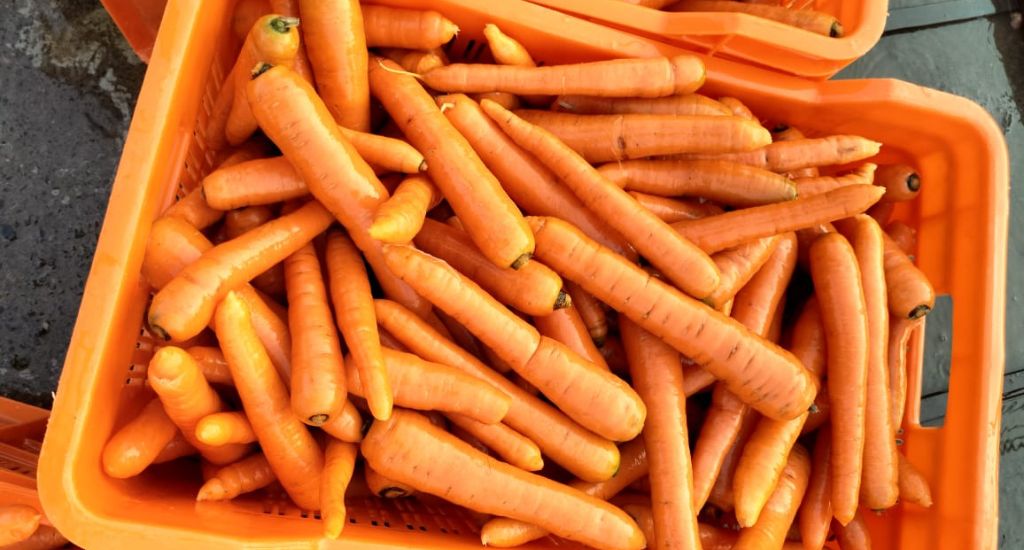
The introduction of improved varieties, modern cultivation methods, competent post-harvest management and an effective marketing system have augured well for the carrot farmers.
“As farmers adopt more productive hybrids, the yield and quality have improved, and the area under carrots in Shingve has increased to 400 hectares. The yield is 10-15 tonnes per acre,” said Deshmukh.
Sanap, who grows sugarcane and wheat too, harvests around 20 tonnes of carrots from one acre.
For 38-year-old Kailash Dere, the only organic farmer in the village, each acre yields around 12.5 tonnes, though he has also had a record production of 22 tonnes per acre.
As the farmlands of several farmers are located on the banks of Godavari, they always fear losing their kharif crop to floods. They witnessed it in 2016 and 2018, when families had to take shelter in a school for a few days in August.
This is one of the reasons the farmers began growing carrots in the rabi season. The planting begins in the first week of November. Harvesting commences in mid-January and lasts for two months.
“The crop duration is 120-150 days. Even if the harvest is delayed, carrots remain good in the soil for a few days,” said Dere.
The cultivable area in the village is 1,047 hectares, of which 961 hectares are under irrigation. Carrots are grown in 400 hectares. Despite having the Godavari nearby, about 200 farmers use drip irrigation.
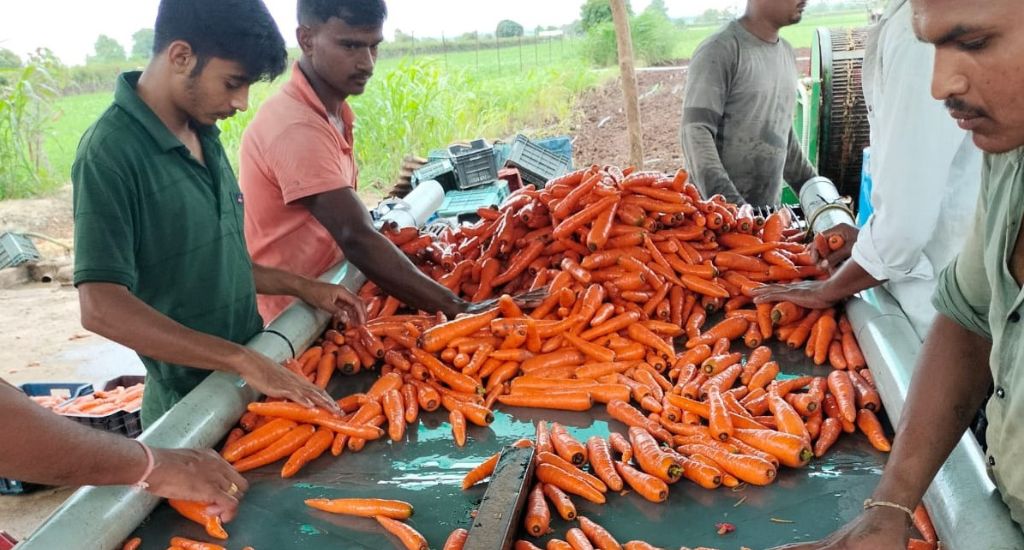
“The agriculture department provides a subsidy for drip irrigation. But the process is so bothersome that people just buy it without using the subsidy facility,” said Sanap.
Harvesting begins early in the morning. The carrots are washed and graded after removing the leaves. Earlier, carrots were washed on the river bed by rubbing them with a stick against plastic sheets laid on the ground.
Now farmers have come up with innovative washing machines. The village has 20 of these 2-tonne capacity machines that scrub the carrots clean, leaving no trace of the soil. Farmers from neighbouring villages also come to Shingve to use the washing machines.
Work is available in plenty during planting and harvesting seasons. Young men from neighbouring villages arrive early in the day to harvest, clean, grade and load the carrots onto trucks. For filling about 10 kattas (equal to 50 kg) in a day, they earn Rs 1,300.
In recent years Shingve has been facing stiff competition from carrots that arrive in March from Indore, leading to a drop in price – from Rs 15 to Rs 8 a kg.
“If we have a cold storage facility, we can store our produce and still make good money during the lean season,” said Dere.
Yet the carrot village rakes in moolah.
According to Deshmukh, with a daily harvest of 20 tonnes during the seven-month season, the carrots bring in a turnover of about Rs 5 crore to the village.
The lead image at the top shows workers harvesting and packing carrots at a farm in Shingve village (Photo by Hiren Kumar Bose)
Hiren Kumar Bose is a journalist based in Thane, Maharashtra. He doubles as a weekend farmer.